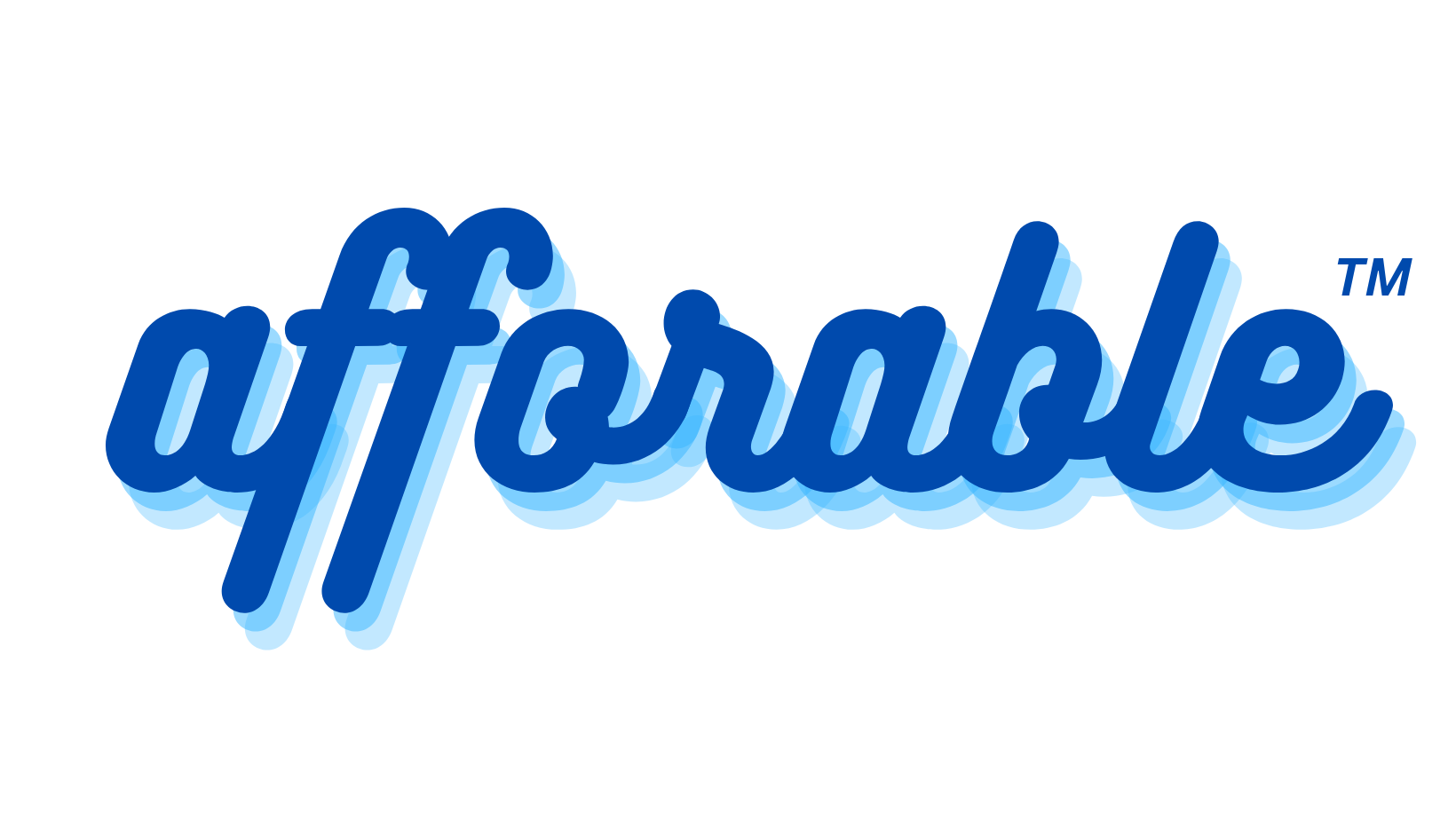In the United States, medical debt is a pressing issue, often linked closely to the intricacies of health insurance coverage. While health insurance is intended to mitigate healthcare costs, many Americans still find themselves burdened with substantial medical debt. This article examines the relationship between health insurance and medical debt, exploring why insurance may not always be a safeguard against financial strain from medical expenses.
Understanding Medical Debt
The Scope of the Problem
- Magnitude: Medical debt affects millions of Americans, making it a leading cause of financial distress and bankruptcy.
- Distribution: The burden of medical debt is unevenly distributed, often disproportionately impacting lower-income families and those with insufficient insurance coverage.
Factors Contributing to Medical Debt
- High Deductibles and Co-pays: Many insurance plans have high out-of-pocket costs.
- Limited Coverage: Certain treatments and medications may not be covered, leading to significant out-of-pocket expenses.
- Unexpected Medical Emergencies: Unforeseen health crises can result in bills that far exceed what insurance will cover.
The Role of Health Insurance
Insurance Coverage Gaps
- Underinsurance: Having health insurance does not automatically equate to being fully protected against high medical costs.
- Policy Limitations: Some policies have caps on coverage, leaving patients responsible for excess charges.
The Affordability Crisis
- Premium Costs: High premiums can be a financial burden, particularly for those not qualifying for subsidies.
- The Trade-Off: Some individuals opt for plans with lower premiums but higher deductibles, increasing their financial risk.
Strategies to Address Medical Debt
Policy Reforms
- Expanding Coverage and Lowering Costs: Advocating for policies that expand coverage and make healthcare and insurance more affordable.
- Protection Against Surprise Billing: Implementing laws to protect consumers from unexpected and exorbitant charges.
Individual Approaches
- Navigating Insurance Plans: Educating consumers on choosing insurance plans that best suit their financial and health needs.
- Medical Bill Advocacy: Promoting services that negotiate medical bills on behalf of patients to reduce their debt.
Conclusion
The relationship between health insurance and medical debt is complex, with insurance often not providing the complete financial protection one might expect. Addressing this issue requires a multifaceted approach, including policy reform, consumer education, and systemic changes in how healthcare costs are managed and covered. As the healthcare landscape continues to evolve, so too must our understanding and strategies to ensure that health insurance serves its fundamental purpose: to provide financial security and access to necessary healthcare services.

